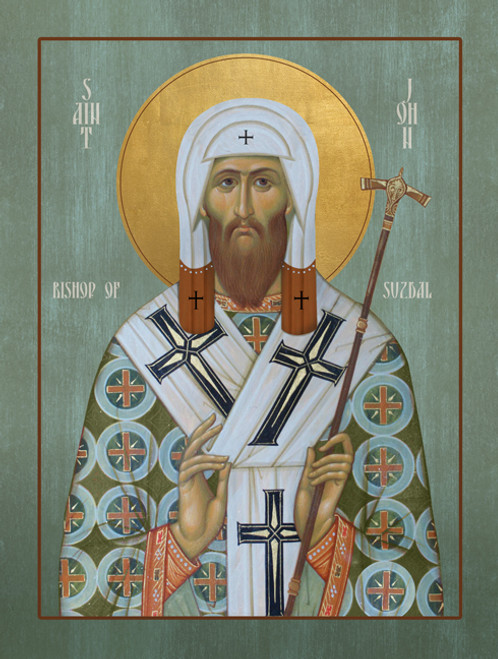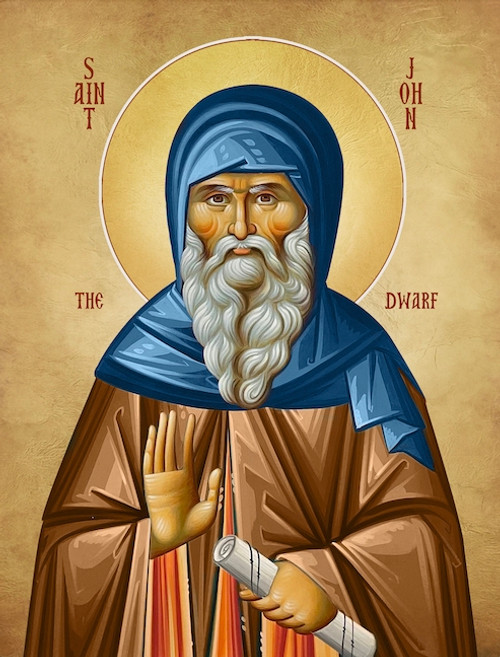Commemorated: April 18 and Bright Tuesday
The Martyr John was born in 1522 in the district of Epirus, in Terovo between Ioannina and Arta in northwestern Greece. He was raised to be a tailor. After his pious but impoverished parents died, leaving him an orphan, John moved to Constantinople. Enroute he stopped in Trikala, in an area of Greece conquered by the Ottoman Turks, where he was accused of being an apostate from Islam by some local Turks. Somehow he escaped this accusation.
With the money left to him by his parents, John built a small stall in the bazaar of Constantinople and was occupied with the trade of being a tailor. His workshop was in the midst of many Christians, who out of fear, had denied Christ and embraced the Islamic faith. The more the young John burned with love for Christ the Lord, the more openly he exposed himself as a Christian before these traitors of Christ. He began to argue with them about faith and, finally, rebuked them for their betrayal of Christ. The apostates were filled with hatred for John and desired his ruin. John knew this, but was not afraid. He was willing to suffer for Christ. His desire for martyrdom was answered when the men who had accused him in Trikala saw him and re-newed their accusation, which he vehemently denied. His accusers dragged him before the judge and accused John falsely, alleging that he had earlier embraced Islam, and that he again reverted to Christianity.
He was then tortured, beaten, and thrown into prison. The next day was the Feast of the Resurrection of Christ. Again, John was brought out for further torture. As he emerged John began singing: "Christ is risen from the dead!" To his torturers, he bravely said, "Do what you want in order to send me as soon as possible from this transient life to eternal life. I am Christ's slave, I follow Christ, for Christ I die that I may live with Him!"
John was then bound in chains and brought to the place of burning. Upon seeing a large fire prepared for him, John ran and leaped into the flames. His torturers seeing how he loved death in the fire removed him from the fire and beheaded John with the sword after which they threw his head and body into the fire. St. John's martyrdom occurred on April 18, 1546.
Later, Christians leafed through the ashes and gathered some of the remains of his honorable and wonder-working relics and interred them in Constantinople. His skull is now in the Monastery of Varlaam on Meteora. A small portion of his relics are at Panagia Eleousa Monastery and an icon of him is at Philanthropos Monastery, both on the island in the Lake of Ioannina in Eprius.







